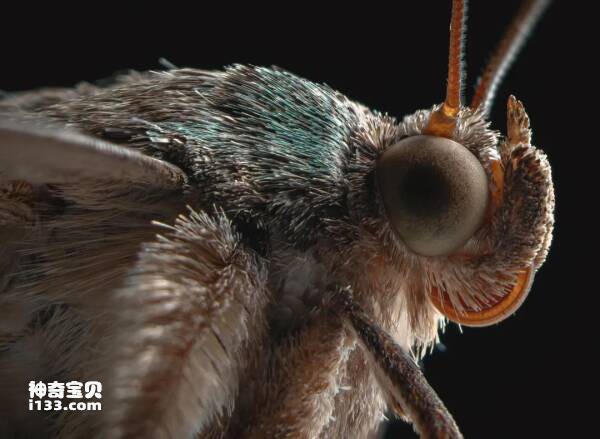Annoying flies seem to have nothing to do with the grand aerospace industry, but scientists have noticed that the infamous "stinky husband" - the fly, has an amazing sense of smell. They can detect subtle odors from great distances. The olfactory receptors of flies are distributed on the antennae. Each receptor is a small cavity that is connected to the outside world and the olfactory rod containing sensory neurons protrudes into it. Because there are hundreds of neurons in each small cavity, the receptors are extremely sensitive. When the vapors of various chemical substances are used to stimulate the fly's antennae and guide biopotentials from the head ganglia, the electrical signals generated by substances with different odors can be recorded, and the amplitude and frequency of the nerve impulses can be measured.

After understanding the mystery of the fly's olfactory organ, scientists were inspired to use the fly's sensitive and fast sense of smell to imitate a very sensitive small gas analyzer. This instrument is now installed in the cockpit of the spacecraft and is working to reveal the mysteries of the universe. Small gas analyzers can also be used to measure toxic gases in submarines and mines so that timely warnings can be issued. The functional principles of the fly's olfactory organ can also be used to improve computer input devices and be used in gas chromatography.
animal tags: fly tentacles organ
We created this article in conjunction with AI technology, then made sure it was fact-checked and edited by a Animals Top editor.